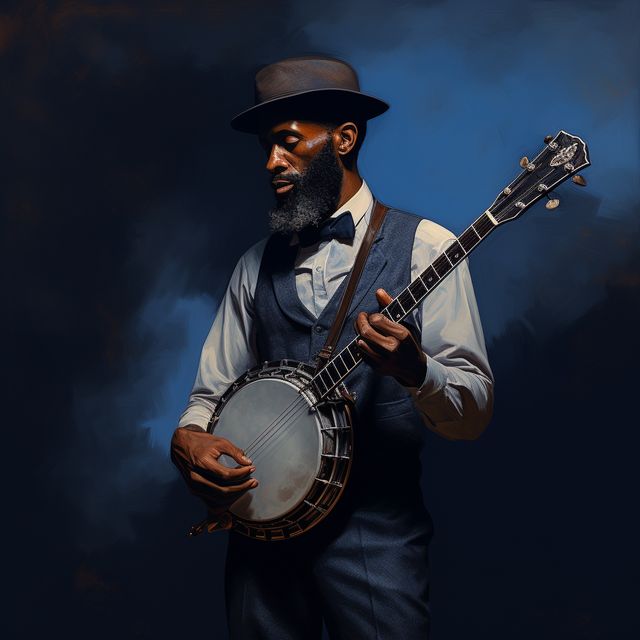When The Saints Go Marching in Banjo Tabs
Traditional
When The Saints Go Marching in Banjo Tablature: One Song, Many Styles
Recomended level: Beginner
This is classic melody is well known by many. It was written by Louis Armstrong and his orchestra. There's three arrangements for banjo here. The melody shows you the heart of the tune, the Scruggs Style arrangement will add in some forward rolls with minimal fret hand embellishment, and Scruggs Style 2 is a fully fledged interpretation of this tune as Earl might have played it
Start with the melody! Whether you are a beginner or seasoned Scruggs style player you should know, and be able to play, the basic melody of a tune. After learning this check out the Scruggs style arrangement. This one will give you an idea of how rolls are incorporated to a tune while retaining some melody notes. The Scruggs Style 2 arrangement has more sophisticated fret hand embellishments for a fully authentic banjo sound that still stays true to this great melody.
Learn how to play When The Saints Go Marching in on Banjo with this selection of tablatures:
-

-
 Learn
LearnScruggs Style
- Difficulty
- Key G
- Tempo 95 bpm
- Tuning gDGBD
We've got rolls! Notice how they've been added to fill the space in the melody. This is kind of the essence of Scruggs and 3 finger style banjo playing. It definitely gets more comp...
-
 Learn
LearnScruggs Style 2
- Difficulty
- Key G
- Tempo 105 bpm
- Tuning gDGBD
A fun Scruggs Style arrangement of this timeless tune. The licks provide you with a lot more variety in picking styles and interpretations of this great melody.